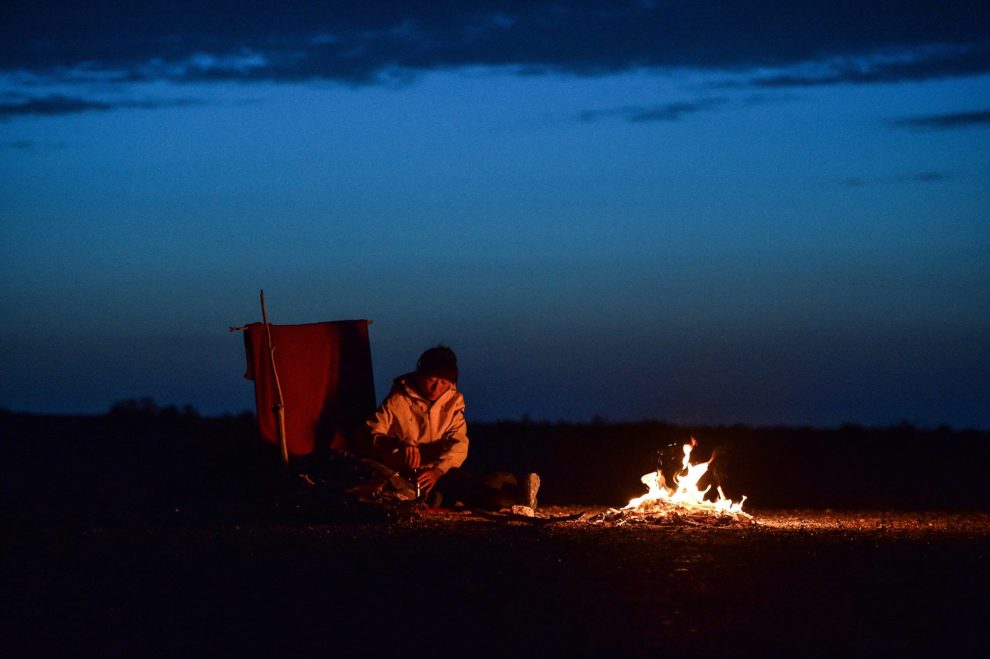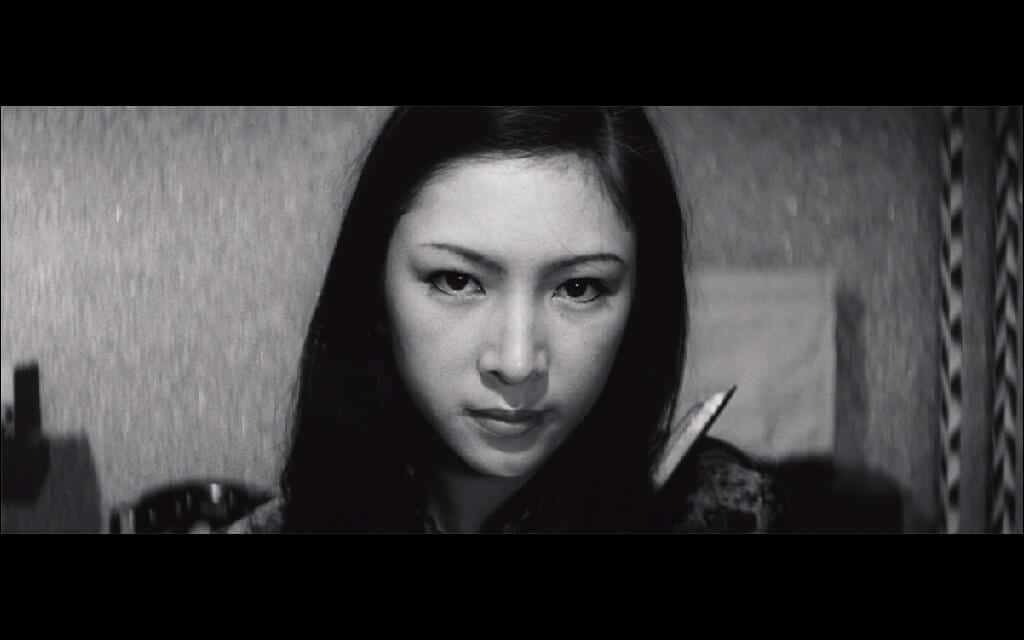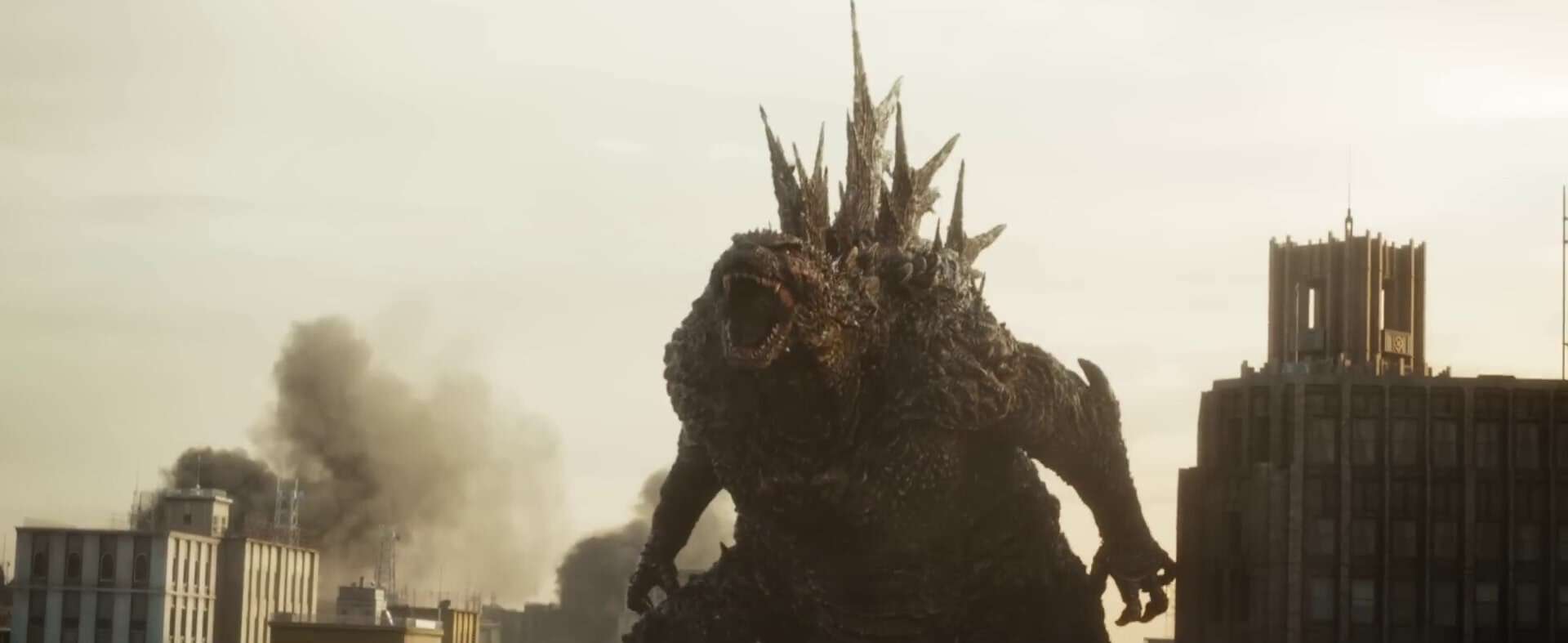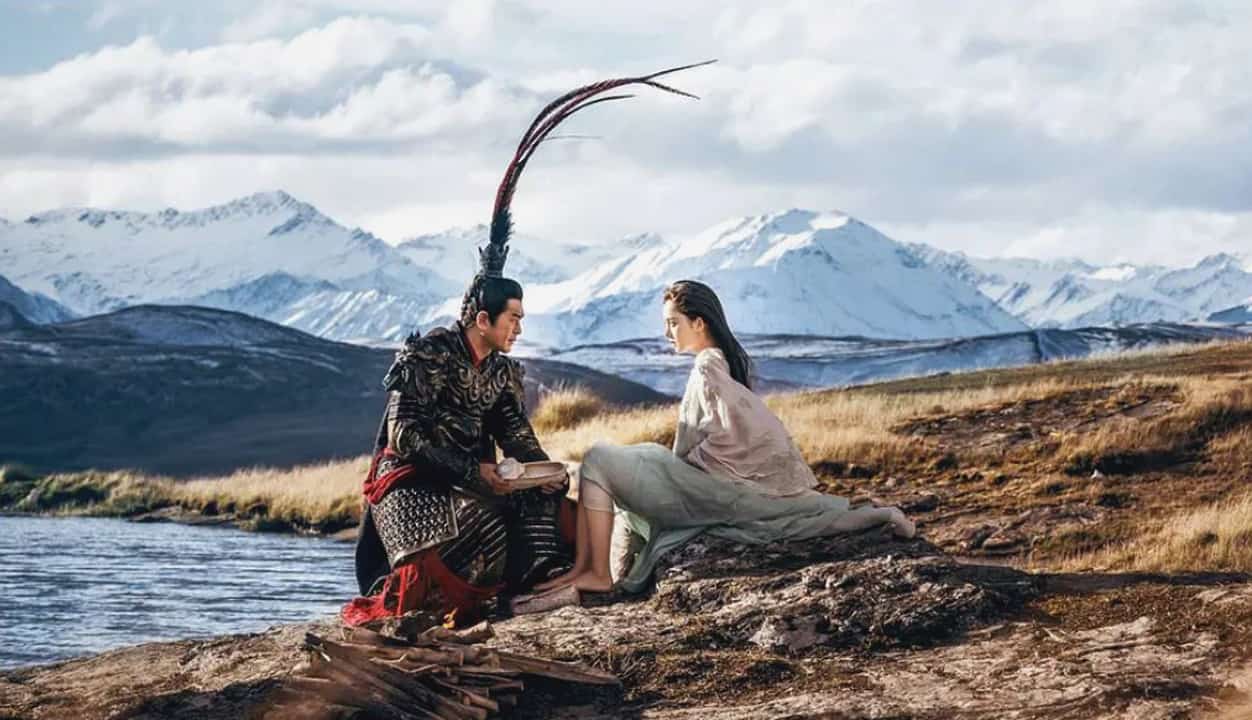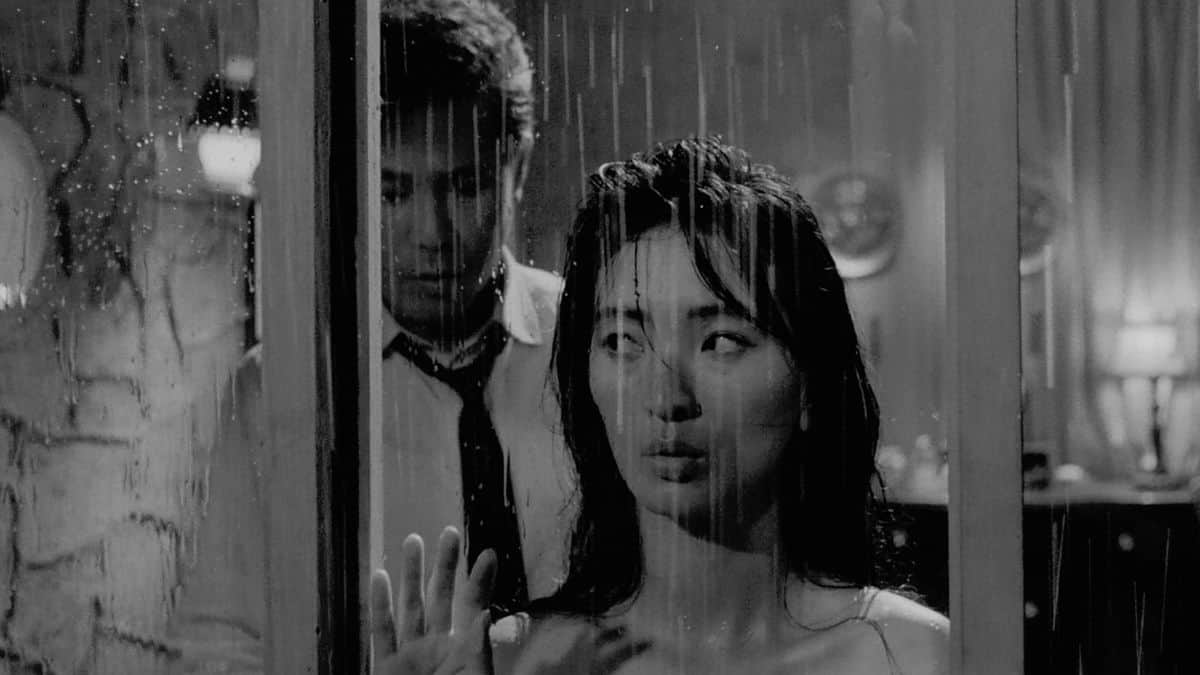The survival movie sub-genre has a lot of appeal for the audience. There's something about a human surviving, or at least striving to survive in extreme circumstances that has found favor, but it is also a sub-genre that is over-saturated, with filmmakers and storytellers running out of places to put humans into. Where Hollywood is pushing its characters high up in the skies with works like “Fall”, Chinese director Zuo Zhiguo thrusts the lead of “Where Nothing Grows” into the extreme deserts of north-western China.
Where Nothing Grows is screening at Busan International Film Festival

Lin and her older brother Lai are doing their annual trip deep into the Chinese deserts on their motorcycles. They do this trip each year to look for any signs or remains of their father, who disappeared in the desert ten years ago. When a sudden “Mad Max: Fury Road” style sandstorm engulfs them, Lai gets seriously injured and their motorcycles are rendered useless. With water and rations running seriously low, it falls on Lin to walk nearly 120 kilometres, to where their friends' motorcade is, and get help for herself and save her brother's life.
For this man (or specifically, woman) against nature saga, Zuo Zhiguo places the story in the uncharted territory of the Chinese deserts. Extreme and harsh, the surroundings do no favours to the characters and it falls on Lin to adapt and overcome the testing heat and sand and find her way across. There are many a challenges she faces along the way, as expected from a feature of this kind, but saying that a lot of the feature's time is spent on Lin walking is also a fair criticism of the narrative. However, this helps keep the feature and Lin's journey very realistically depicted. Any additional challenges might be cinematically more exciting for the audience, but Lin has a long journey and a low supply of water and any more halts could make the proceedings feel unrealistic. In that sense, the screenplay feels like a well-researched and well-planned effort.
Besides the screenplay, the production boasts of terrific technical aspects, with the Sheng Lu's cinematography doing an excellent job of portraying the vast desert in all its beauty and dread, the high canyons, the tall dunes, barren land as far as the eyes can see are all captured in all their glory. The heat of the day and the cold of the night are both palpable, making the audience go through the journey right besides Lin, an effect also boosted by the close-up camerawork in a number of sequences. The dusk skies, in particular, are a sight to behold. Equally important is the music, the signature tune with its vocalization fitting perfectly into the aesthetics and overall mood.
It takes a brave actress to take on such a physically challenging, de-glam role like Lin's and Ren Suxi proves more than up for the task. In her capable hands, Lin is a force to be reckoned with, a determined and brave woman with two clear goals in her mind: to save herself and to not lose another loved one to the unrelenting desert. The audience is with Lin for the majority of the runtime and not many actresses would agree to be sand-covered, bruised, with sunburnt cheeks and chapped and peeling lips for the majority of that time, but Ren Suxi throws herself completely into the role.
If you thought the American production “Fall” was gonna be the best survival feature you saw this year, Zuo Zhiguo and “Where Nothing Grows” have something to say about that. A very well-made feature film that revels in its technical aspects and lead star Ren Suxi's immersive performance, this one should at least enjoy a healthy festival run.


